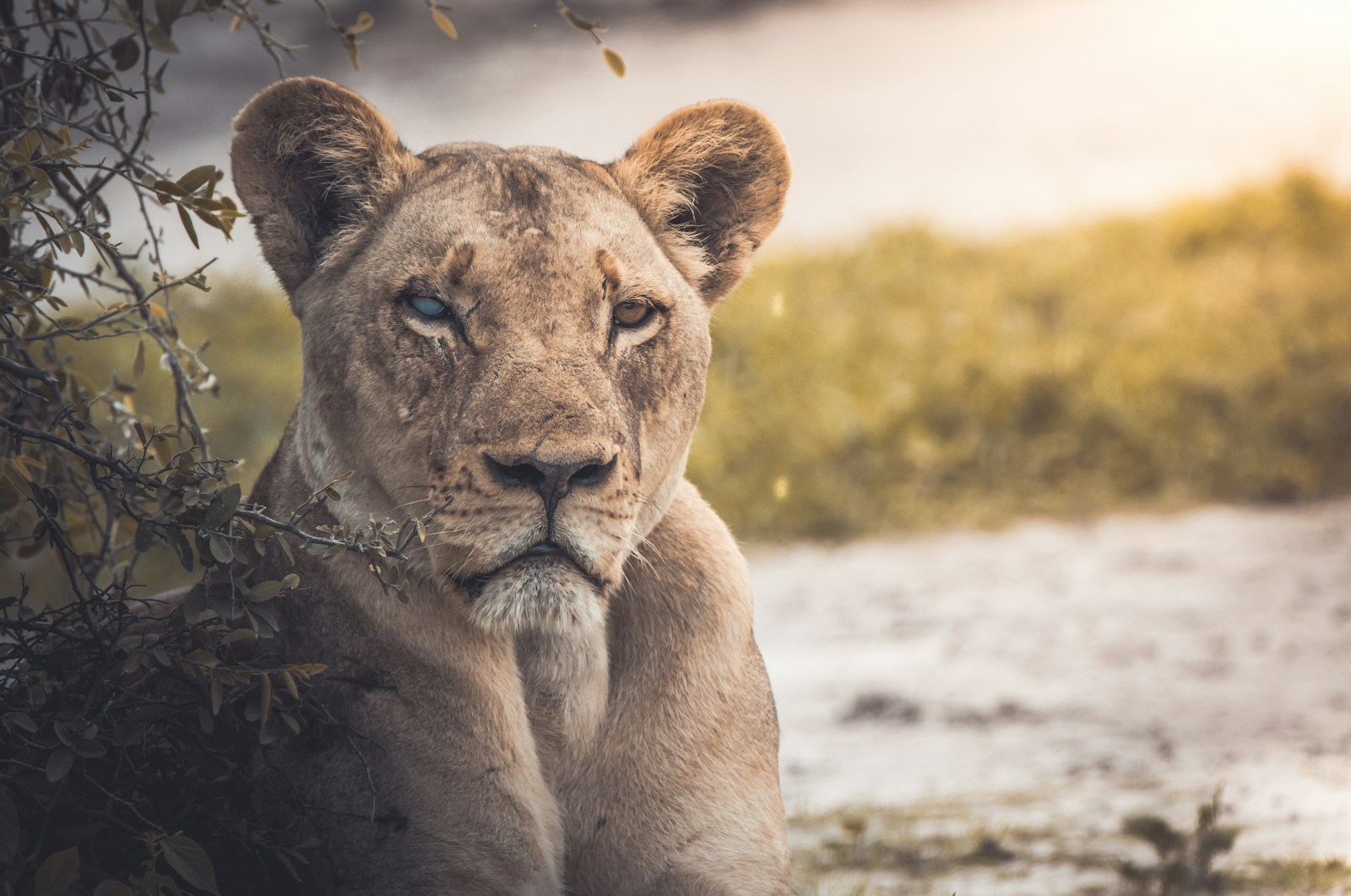Mountain lions, also known as cougars or pumas, are majestic and powerful predators that typically avoid human contact. However, encounters with these elusive cats do happen, particularly as human development continues to encroach on their natural habitats. While extremely rare, knowing how to identify signs that a mountain lion may be stalking you could potentially save your life in wilderness areas where these animals roam. This article will provide you with essential knowledge to recognize mountain lion behavior, understand the warning signs of being followed, and know how to respond appropriately if you find yourself in this uncommon but serious situation.
Understanding Mountain Lion Behavior
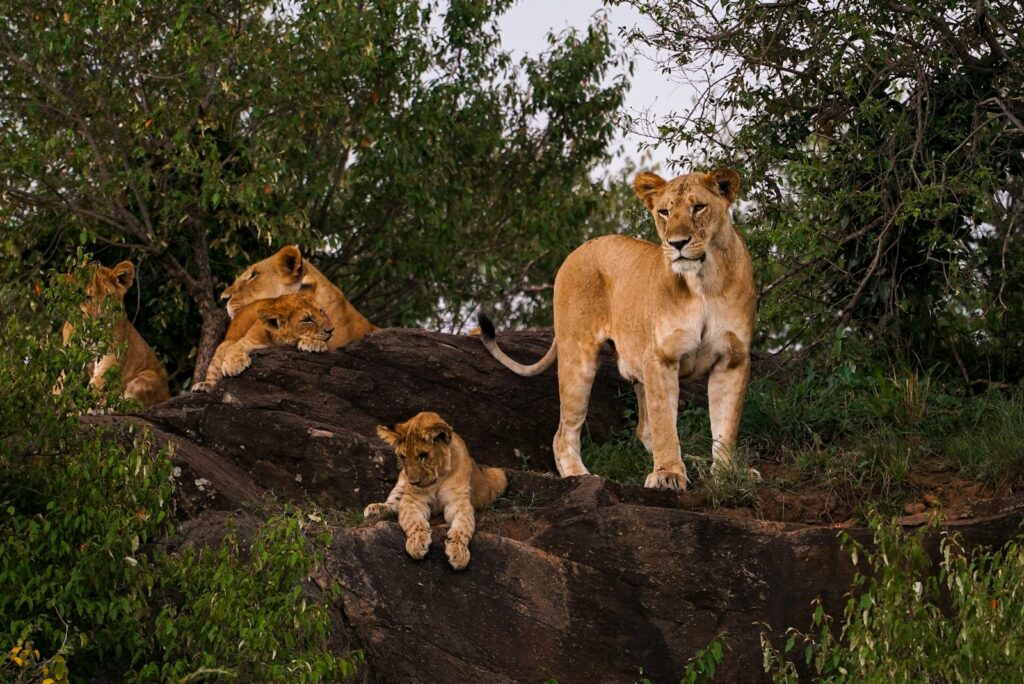
Mountain lions are primarily solitary ambush predators that prefer to avoid human interaction whenever possible. These large cats typically hunt at dawn, dusk, and during nighttime hours, using stealth and surprise to capture prey. Unlike pack animals, mountain lions rarely make their presence known, preferring instead to observe potential prey from a distance before deciding whether to approach. Their natural hunting strategy involves stalking prey silently, often following for some distance before making a quick attack from behind. Understanding these fundamental behavior patterns is crucial because a mountain lion that allows itself to be seen by a human is already exhibiting unusual behavior that warrants caution.
Recognizing Tracks and Signs

One of the clearest indicators that a mountain lion may be in your vicinity is the presence of tracks. Mountain lion prints are distinct from other wildlife – they’re roughly 3-4 inches in diameter, lack claw marks (unlike bear tracks), and have three distinct lobes at the base of the pad with a leading edge that has two indentations. If you notice these tracks appearing repeatedly on your path, especially if they seem to follow your own footprints, this could indicate tracking behavior. Other signs include partially covered scat (feces), scratch marks on trees at about waist to chest height, or recently killed prey that has been partially covered with dirt, leaves, or pine needles to hide it for later consumption. Becoming familiar with these signs can provide early warnings of a mountain lion’s presence.
Unusual Wildlife Behavior

Animals in the surrounding environment can serve as an early warning system for mountain lion presence. If birds suddenly go silent or deer and small mammals appear unusually nervous or flee an area for no apparent reason, this could indicate a predator is nearby. Coyotes might emit alarm calls if a mountain lion is in the vicinity, as the larger predator often competes with them for resources. Domestic animals may also display anxiety – dogs might bark persistently in a specific direction or refuse to proceed on a trail. These wildlife behavioral changes often precede human awareness of a mountain lion, providing valuable advance warning to alert hikers. Being attuned to these natural signals means you’re effectively using the forest’s own communication system to enhance your safety.
The Sensation of Being Watched
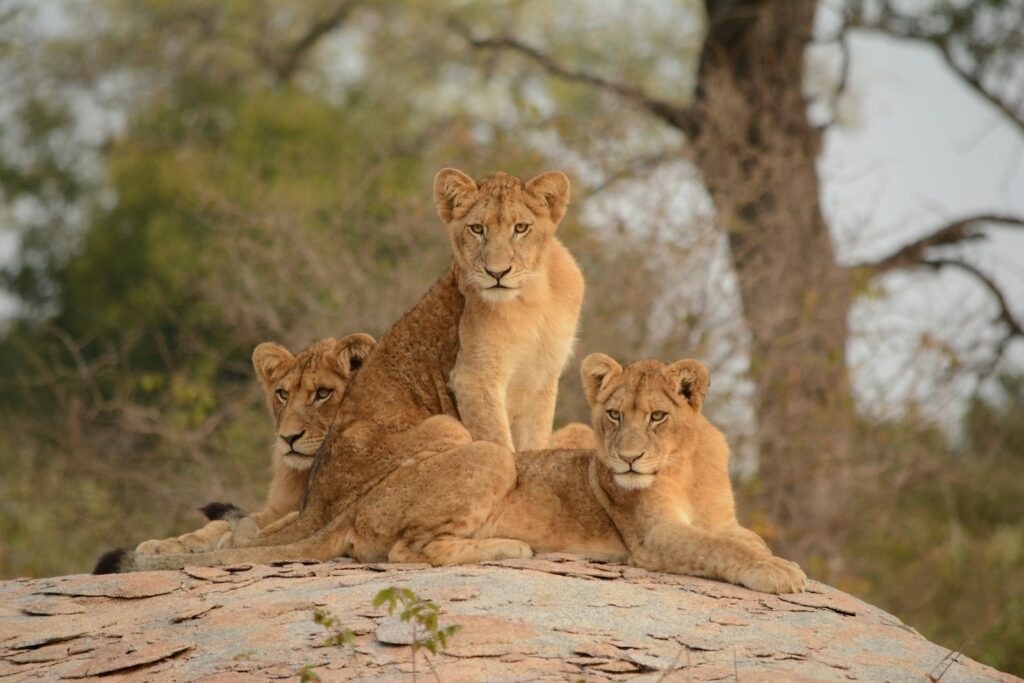
Many people who have later confirmed mountain lion presence report experiencing an inexplicable feeling of being observed before any physical signs were noticed. This instinctual response, sometimes called the “predator sense,” appears to be a primal survival mechanism that humans retain despite our modern lifestyles. Neuroscientists suggest this sensation may be triggered by subconscious recognition of subtle environmental changes that our conscious mind hasn’t yet processed. If you experience a persistent feeling of being watched while in mountain lion territory, take it seriously and increase your vigilance. While this sensation alone isn’t confirmation of a mountain lion, it often coincides with actual predator presence and shouldn’t be dismissed, particularly if you’re in known mountain lion habitat.
Spotting Physical Signs of the Mountain Lion

Actually seeing a mountain lion that may be following you is relatively rare, as these animals excel at concealment. However, you might catch glimpses of movement in your peripheral vision, particularly the flick of a long tail or the tawny color of their coat partially visible through vegetation. Mountain lions have a distinctive silhouette with a long body, round head, and especially long tail that can be nearly as long as their body. If hiking at dawn or dusk, you might see the reflection of their eyes, which typically appear yellow-green and set close together when illuminated by a flashlight. Unlike smaller bobcats, adult mountain lions are significantly larger, typically weighing between 80-180 pounds, with males being substantially larger than females. Any sighting, even a partial one, should be taken as confirmation of the animal’s presence in your immediate area.
Recognizing Stalking Behavior
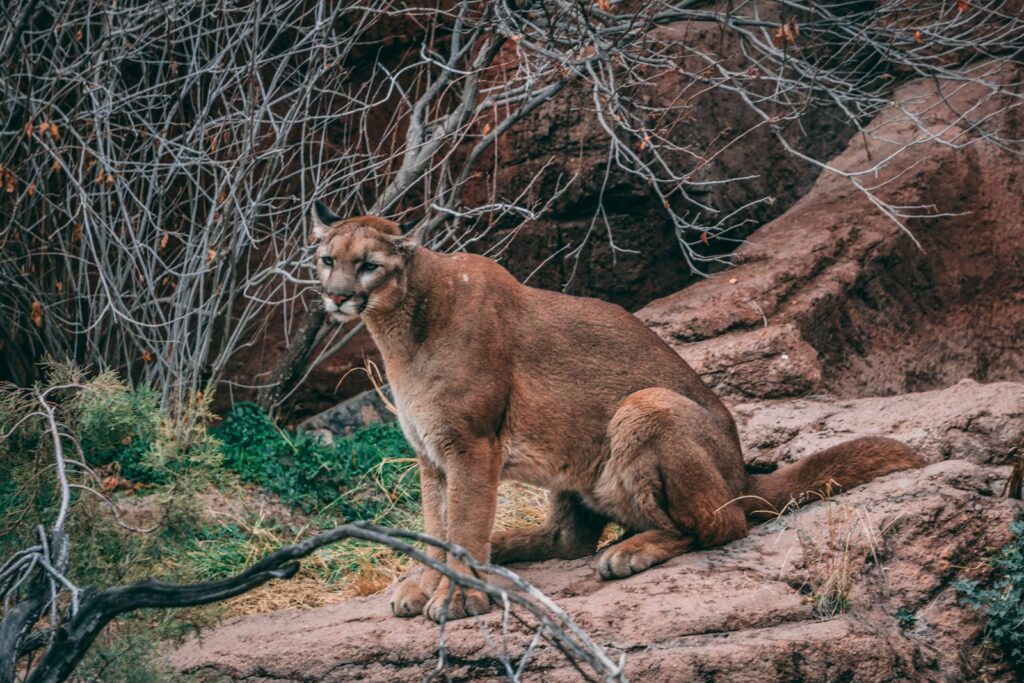
A mountain lion that is actively stalking will exhibit specific behaviors that differ from casual presence. The animal may move parallel to your path while attempting to remain hidden, periodically stopping when you stop and moving when you move. Stalking lions may attempt to position themselves at a higher elevation than you or repeatedly circle ahead to set up an ambush position. They might display intense focus, with their eyes fixated on you and their body in a crouched position ready to spring forward. One particularly concerning sign is if the mountain lion appears to be actively trying to decrease the distance between you, especially if it seems to be maneuvering behind you. These deliberate movements indicate hunting behavior rather than casual observation and require immediate defensive responses.
Signs That Attack May Be Imminent
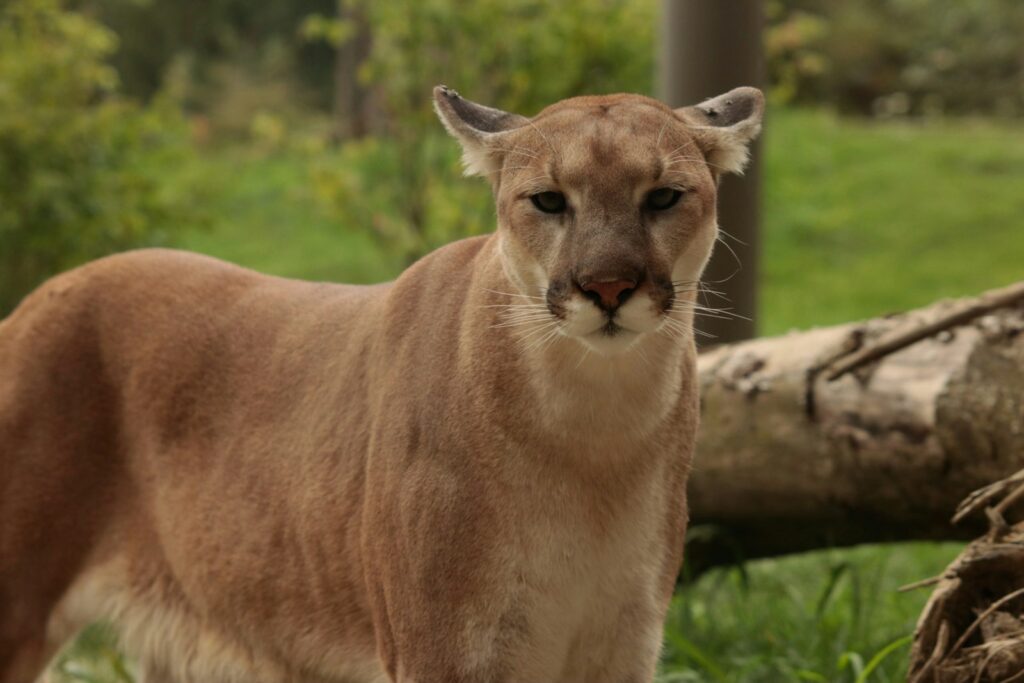
In the extremely rare case where a mountain lion is considering an attack, its body language will change dramatically from stalking to preparation for assault. The cat may lower its head and neck, flatten its ears against its skull, and intensify its stare without breaking eye contact. You might observe its hindquarters shifting lower as it prepares to launch forward, or notice the tail swishing back and forth more rapidly. Vocalization such as growling, hissing, or snarling is another serious warning sign, as mountain lions are typically silent when merely curious or passing through. Any display of teeth or sudden freezing in a crouched position demands immediate defensive action. The transition from stalking to these pre-attack behaviors can happen quickly, emphasizing the importance of maintaining constant awareness in mountain lion territory.
Appropriate Responses to Being Followed
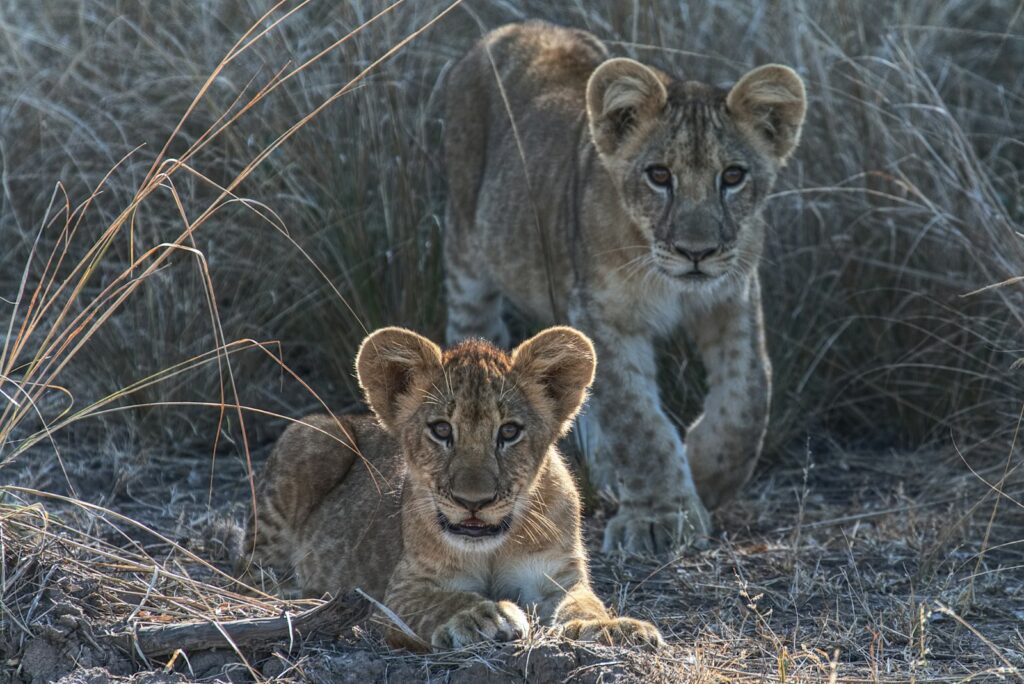
If you suspect a mountain lion is following you, your response should be immediate and assertive. Stop walking away from the animal, as this can trigger predatory pursuit instincts. Instead, face the direction where you believe the mountain lion is located, stand tall, and make yourself appear as large as possible by raising your arms, opening your jacket if you’re wearing one, or lifting a backpack above your head. Maintain direct eye contact if you can see the animal, as mountain lions prefer to attack unsuspecting prey. Speak firmly in a loud, authoritative voice – not a high-pitched scream which might sound like prey. This combination of behaviors communicates to the mountain lion that you are not prey and could potentially be dangerous, often causing the animal to reconsider its approach.
Group Defense Strategies
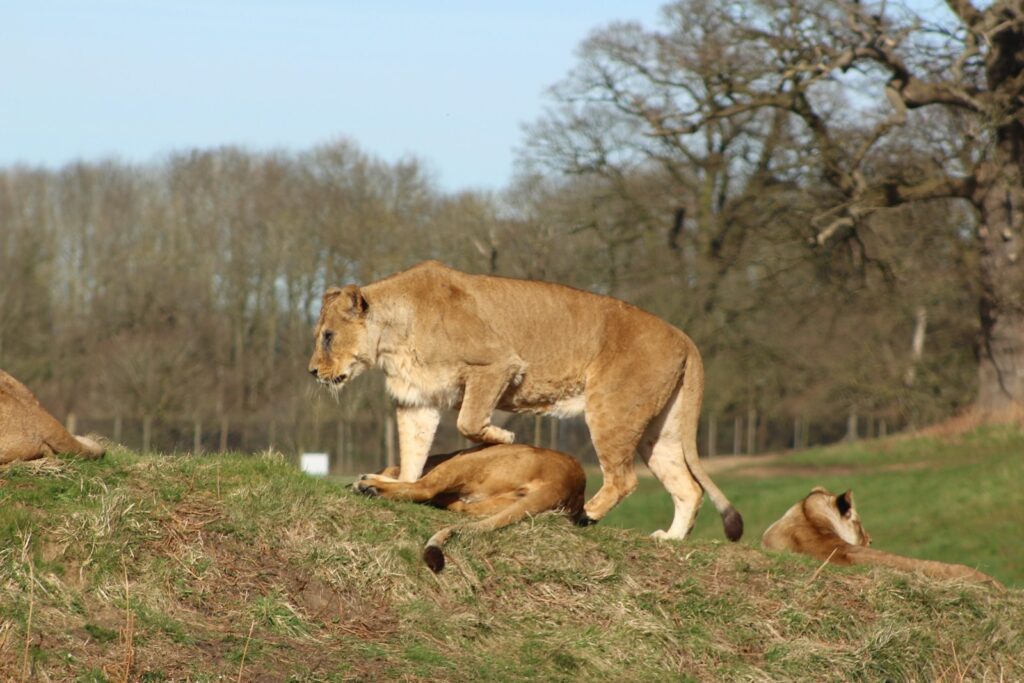
Hiking in groups provides significant protection against mountain lion attacks, as these solitary predators typically avoid confrontations with multiple humans. If traveling with others and you suspect a mountain lion is following your group, quickly gather everyone together to present a unified front rather than spreading out. Place children between adults, picking up small children immediately to prevent them from running, which could trigger a chase response. Have everyone participate in appearing large and making noise – the combined effect is much more intimidating to a mountain lion than individual efforts. Groups should move as a single unit, with no one lagging behind or moving ahead alone, as stragglers might be perceived as isolated prey. This collective defense strategy significantly reduces the likelihood that a mountain lion will continue following or attempt an attack.
Using Deterrents Effectively
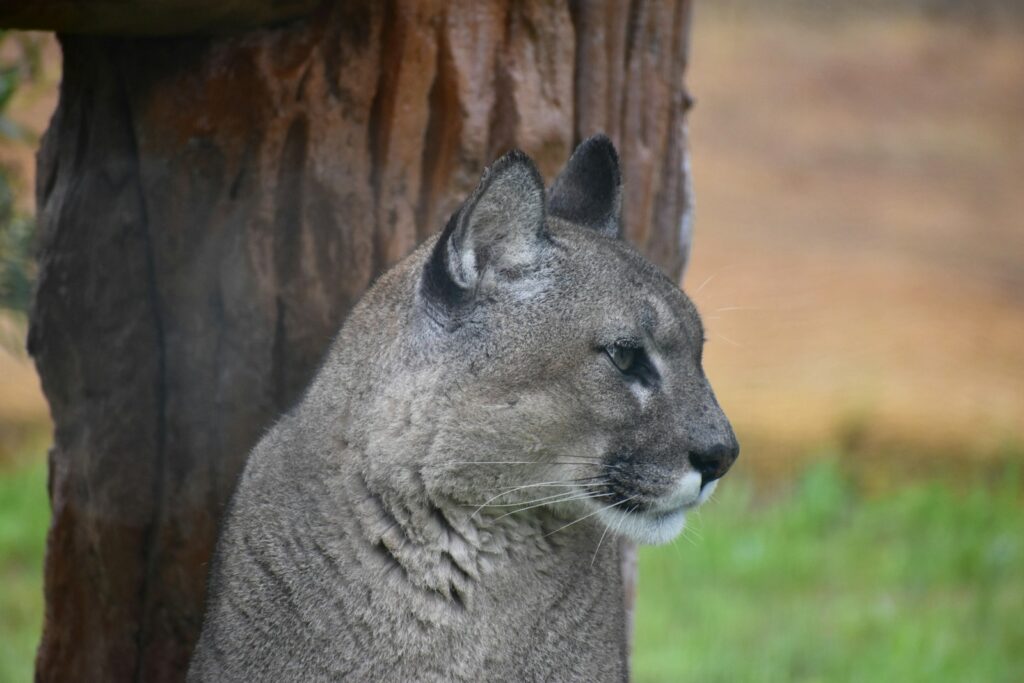
Various tools can serve as effective mountain lion deterrents if you suspect one is following you. Bear spray has proven effective against mountain lions and should be deployed if the animal approaches within 30-40 feet, aiming for the face and eyes. Carrying an air horn or whistle can create sudden loud noises that may startle the cat and discourage pursuit. Some hikers in mountain lion territory carry walking sticks not only for stability but as potential defensive tools that can be used to appear larger or, in extreme cases, as weapons. Even rocks, sticks, or other objects found in your surroundings can be thrown toward (not directly at) the mountain lion to discourage approach. Having these deterrents readily accessible rather than buried in your backpack is crucial for their effectiveness in a potential confrontation situation.
When to Fight Back

In the extraordinarily rare event that a mountain lion attacks despite defensive measures, fighting back vigorously is essential for survival. Target the animal’s eyes, nose, and throat using whatever weapons are available – sticks, rocks, fishing gear, or even bare hands if necessary. Unlike with some other predators, playing dead is not recommended with mountain lions, as they may continue the attack. Use any available hard objects as shields against claws and teeth while continuing to strike vulnerable areas. Many survivors of mountain lion attacks have successfully fought off the animals through aggressive resistance, proving that humans can effectively defend themselves even against these powerful predators. Your survival instinct and willingness to fight back aggressively represent your best chance of surviving a mountain lion attack.
Reporting Mountain Lion Encounters
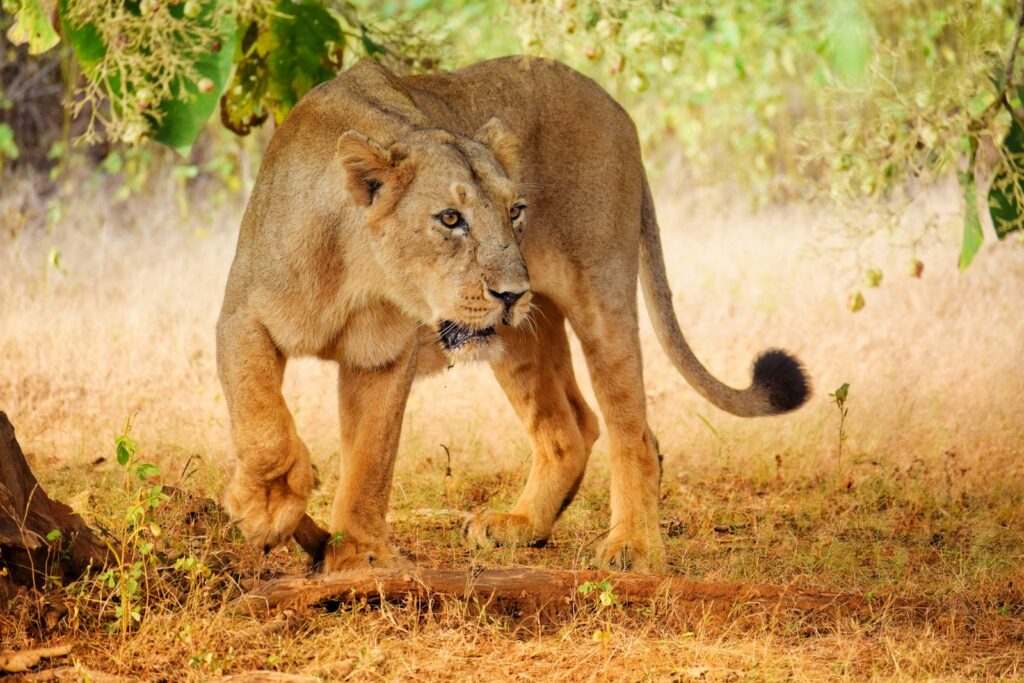
After any encounter where you believe a mountain lion was following you, reporting the incident to local wildlife authorities is critically important, even if no attack occurred. These reports help wildlife managers track mountain lion populations, identify potentially problematic individual animals, and warn others who might be using the same recreation areas. Provide specific details about the location, the animal’s behavior, physical description, and any defensive actions you took. If possible, note any distinguishing features of the mountain lion, such as unusual markings or signs of injury, which could help identify a specific animal. Your report contributes to both public safety and scientific understanding of mountain lion behavior, potentially preventing future dangerous encounters while supporting conservation efforts.
Prevention Strategies for Future Hikes
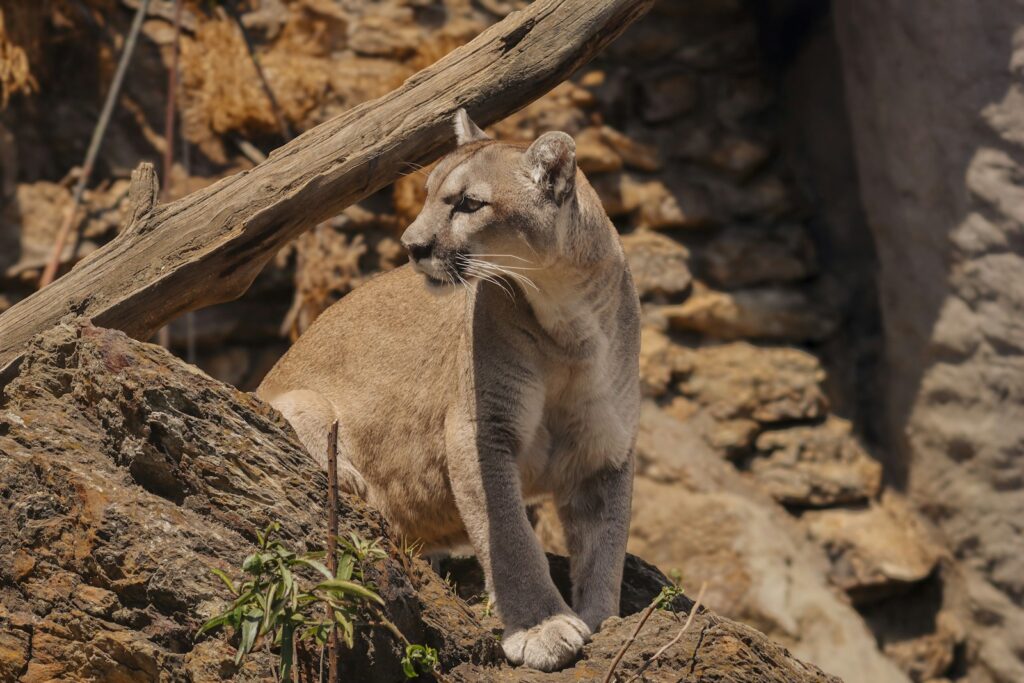
The best way to handle mountain lion encounters is to prevent them through proper preparation and awareness. When hiking in mountain lion territory, travel in groups whenever possible and keep children close at all times. Avoid hiking at dawn, dusk, or night when mountain lions are most active. Make noise while hiking to avoid surprising a mountain lion, which can trigger defensive behavior. Carry appropriate deterrents such as bear spray and a walking stick. Stay alert to your surroundings rather than focusing on electronic devices or becoming distracted by conversations. Consider leaving dogs at home, as they can either provoke mountain lion aggression or become targets themselves. These preventative measures significantly reduce the already low risk of problematic mountain lion encounters and allow for safer enjoyment of wilderness areas.
Conclusion
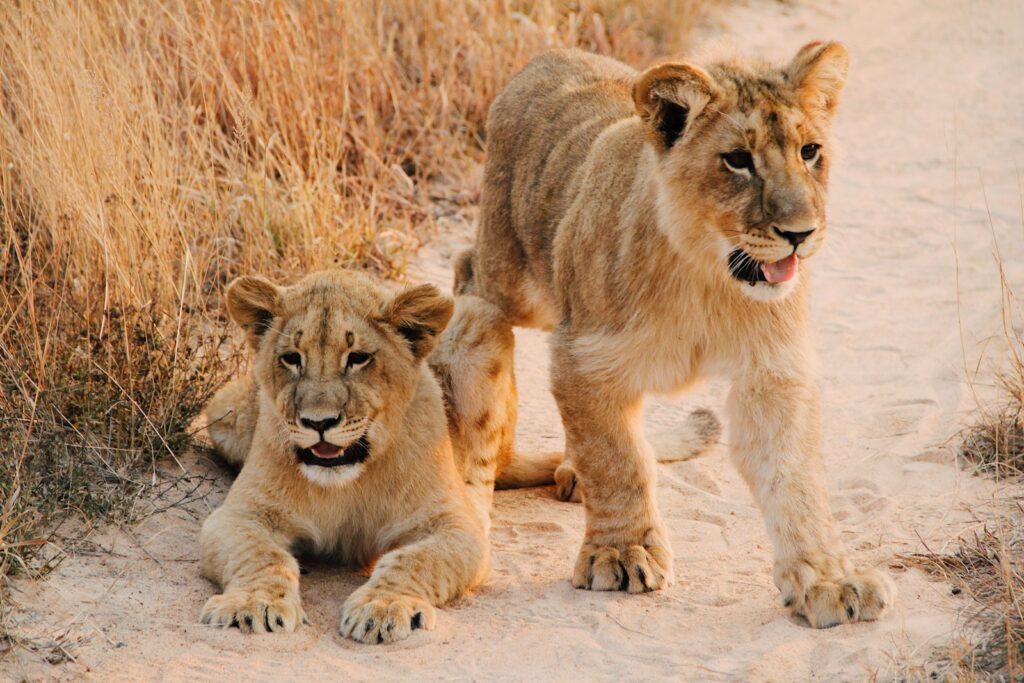
Understanding how to identify signs that a mountain lion may be following you empowers you to respond appropriately in what would certainly be a stressful situation. Remember that actual attacks are extraordinarily rare, with fewer than 30 fatal mountain lion attacks recorded in North America in the last 100 years. Most mountain lions want nothing to do with humans and will avoid contact if given the opportunity. By remaining vigilant, recognizing warning signs early, and knowing how to respond if followed, you can safely enjoy activities in mountain lion territory while minimizing risk. These magnificent predators play crucial roles in their ecosystems, and with proper knowledge and preparation, humans and mountain lions can coexist with minimal conflict.

